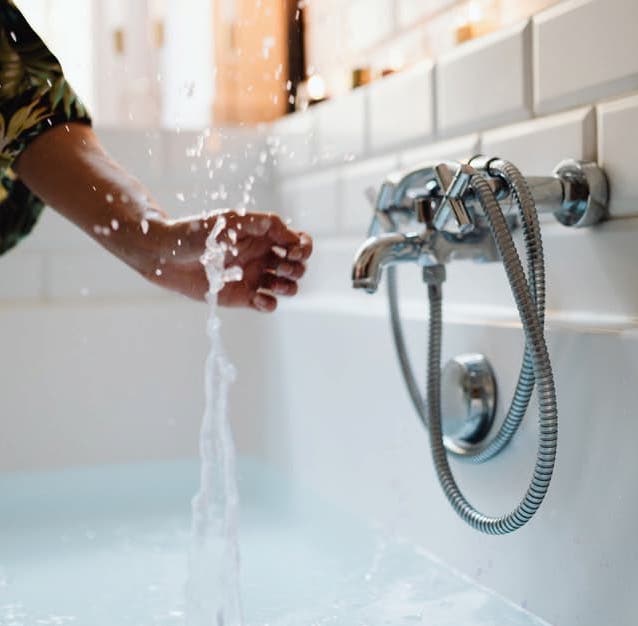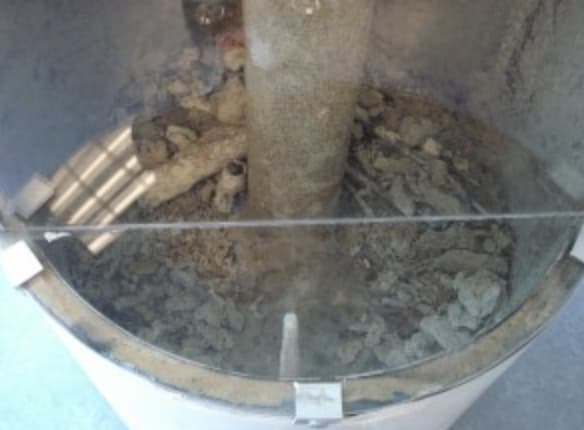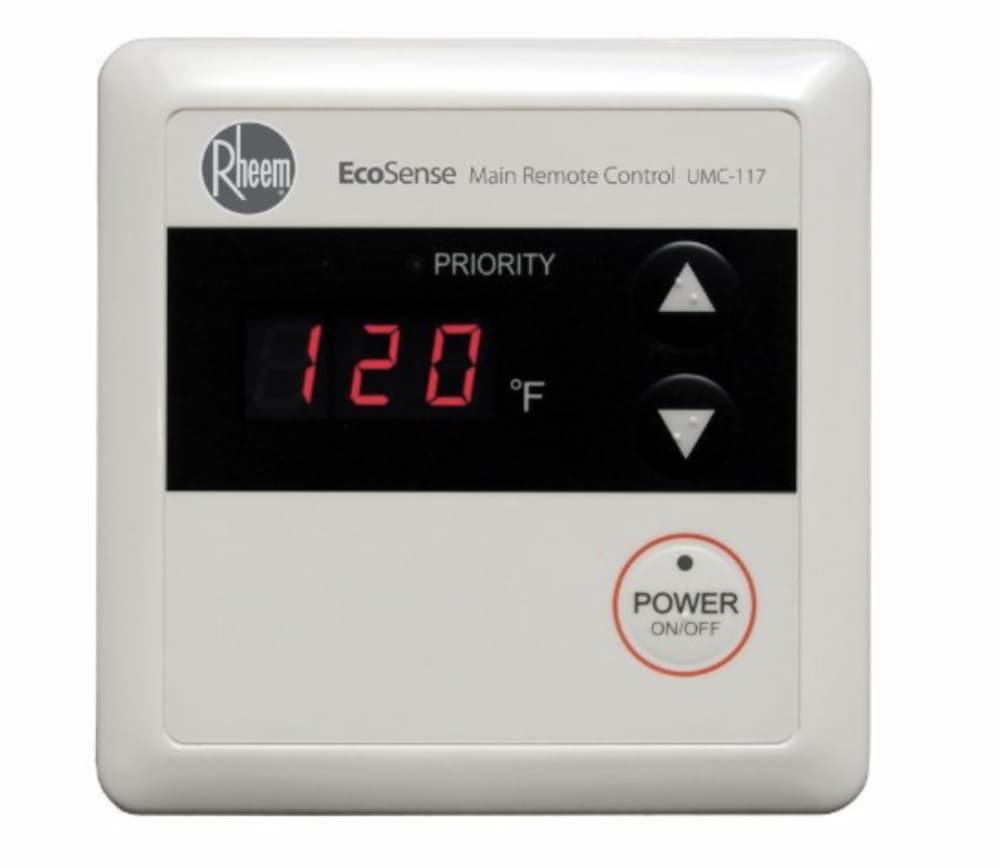You know that moment when you’re halfway through shampooing your hair and suddenly get blasted with ice-cold water?
Yeah, we’ve all been there. Your tankless water heater was supposed to solve this exact problem, but here you are, standing in a freezing shower, wondering what went wrong.
Look, tankless units are pretty amazing when they work right. According to the Department of Energy, they’re about 24-34% more energy efficient than traditional tank heaters for homes that use 41 gallons or less of hot water daily. But when they start acting up? It’s beyond frustrating.
We’ve been fixing these issues across Snohomish and King Counties for years, and honestly, most of the time, it’s one of eight common culprits. Let’s walk through them so you can figure out what’s going on with yours.

The Cold Water Sandwich Problem (It’s as Annoying as It Sounds)
This is probably the most common issue we see, and the name pretty much says it all.
Here’s what happens: You turn on your hot water, get a few seconds of warmth, then, bam, cold water hits you like a slap in the face. Then it gets hot again. It’s like your water heater is playing some cruel joke.
The science behind it is actually pretty simple. When your tankless unit hasn’t been used for a while, there’s cold water sitting in the heat exchanger. When you first turn on a tap, that cold water gets pushed through before the unit can heat up the incoming water properly.
What you can do about it:
Try letting the water run for about 30-60 seconds before jumping in the shower. Not the most eco-friendly solution, but it works in a pinch.
For a permanent fix, we usually recommend installing a recirculation pump. It’s not crazy expensive, usually runs about $500-800 installed, and it keeps warm water circulating so you don’t get that cold sandwich effect.
Some folks opt for a small buffer tank (maybe 20-40 gallons) paired with their tankless unit. More upfront cost, but it completely eliminates the problem.

Your Tankless Water Filter is Dirtier Than You Think
Most people forget their tankless unit even has a filter.
We had a client in Edmonds last month whose water pressure had been getting weaker and weaker over six months. Turns out, her filter was so clogged with sediment it looked like chocolate pudding. No joke.
When your filter gets backed up, water pressure drops. Your unit has to work harder to push water through, which can cause it to overheat and shut down intermittently. Result? Cold water when you least expect it.
Quick fix:
Check your filter every 2-3 months (your manual will show you where it is). If it looks gross, replace it. Filters typically cost $15-30, and it takes about 10 minutes to swap out.

Limescale: The Silent Heater Killer
Seattle area water isn’t terrible, but it’s not exactly soft either. Over time, calcium and magnesium build up inside your heat exchanger like barnacles on a ship.
This limescale acts like insulation, but bad insulation. Your heating elements can’t transfer heat properly, so they work overtime and eventually start cycling on and off to prevent damage.
I’ve seen units completely destroyed by limescale buildup. One homeowner in Lynnwood waited so long that we basically had to replace the entire heat exchanger. Could have been prevented with regular maintenance.
Prevention is key:
Flush your system with descaling solution every 12-18 months. You can buy the solution at Home Depot for about $25, or have us do it during routine maintenance.
If your area has particularly hard water, consider installing a water softener. It’s a bigger investment upfront ($800-1500), but it’ll extend your tankless unit’s life significantly.

Temperature Settings Gone Wrong
Sometimes the simplest explanation is the right one.
If your thermostat is set too low, your unit literally can’t produce water hot enough to stay warm through the pipes to your shower. Set too high? The unit might be overheating and shutting down as a safety measure.
The sweet spot: Most manufacturers recommend 120°F for residential use. Hot enough for comfort, not so hot it’s dangerous or wastes energy.
Check your temperature display and adjust accordingly. If adjusting doesn’t help, you might need to “bleed” the system, basically letting some water run through to reset everything.
Water Pressure Issues from Flow Sensor Problems
Your tankless unit has a small sensor that detects when water is flowing and tells the heating system to kick on.
When this sensor gets dirty or starts failing, you get inconsistent heating. The unit might think water is flowing when it isn’t (wasting energy) or miss when water actually is flowing (leaving you cold).
We see this a lot in areas with sediment in the water supply. The sensor gets coated with gunk and can’t do its job properly.
Troubleshooting steps:
First, check if your unit is showing any error codes, most modern tankless heaters will display a code if the flow sensor is malfunctioning.
If you’re handy, you can try gently cleaning the sensor with a soft brush. But honestly? This is usually when we recommend calling a professional. Flow sensors are delicate, and replacing them incorrectly can cause bigger problems.
Low Water Pressure from Plumbing Crossover Issues
This one’s a bit technical, but it happens more often than you’d think.
Sometimes during installation or renovations, hot and cold water lines get cross-connected somewhere in your plumbing system. Cold water (which is usually at higher pressure) starts flowing backward into your hot water lines.
Result? Your tankless unit can’t maintain proper pressure to keep heating consistently.
Signs this might be happening:
- Water temperature fluctuates even when you’re not changing the tap setting
- You get cold water from hot taps in some parts of the house but not others
- The problem seems worse during peak usage times
This isn’t really a DIY fix. A plumber needs to trace your lines and find where the crossover is happening.
Gas Line Problems (For Gas Tankless Units)
Your tankless water heater is like a high-performance car, it needs the right fuel delivery to work properly.
If your gas line is too small for your unit’s BTU requirements, it’s like trying to drink a milkshake through a coffee stirrer. The unit can’t get enough gas to maintain consistent heating, especially when demand is high.
According to most manufacturers, undersized gas lines are responsible for about 30% of “mysterious” tankless water heater problems.
What to look for:
- Problem gets worse when multiple hot water taps are running
- Unit works fine for single use but struggles with simultaneous demand
- You notice the flame flickering or going out frequently
Gas line work definitely requires a licensed professional. Don’t mess around with this one.
Frozen Pipes (Yes, Even in Seattle)
We don’t get the brutal cold that other parts of the country see, but even a night at 28°F can cause problems if your pipes aren’t properly insulated.
When pipes freeze, water can’t flow through them. Your tankless unit might overheat because it can’t circulate water properly, triggering safety shutoffs.
Last February, we had three emergency calls in one day, all frozen pipe issues that caused tankless units to malfunction.
Prevention:
Insulate exposed pipes, especially in crawl spaces, garages, and exterior walls. Foam pipe insulation costs about $1-2 per foot and can save you hundreds in emergency repair calls.
If pipes do freeze, apply gentle heat with a hair dryer. Never use an open flame or high-heat source.
Ready to Get Your Hot Water Back?
Look, tankless water heaters are great when they work right. But when they don’t? It’s usually one of these eight issues.
Some fixes are simple enough to try yourself. Others really need a professional, especially anything involving gas lines or electrical components.
We’ve been helping homeowners across the greater Seattle area solve these exact problems for years. Our team knows tankless systems inside and out, and we can usually diagnose the issue within the first few minutes of looking at your unit.
Don’t spend another week taking cold showers or cranking up your traditional water heater to compensate. Give us a call at 425-374-1557, and let’s get this figured out.
We offer same-day service calls throughout Snohomish and King Counties, and we’ll give you an honest assessment of whether it’s worth repairing or if it’s time to start fresh with a new unit.
Not ready to call yet? That’s fine too. Feel free to reach out with questions, we’re always happy to point folks in the right direction, even if it means fixing something simple yourself.



